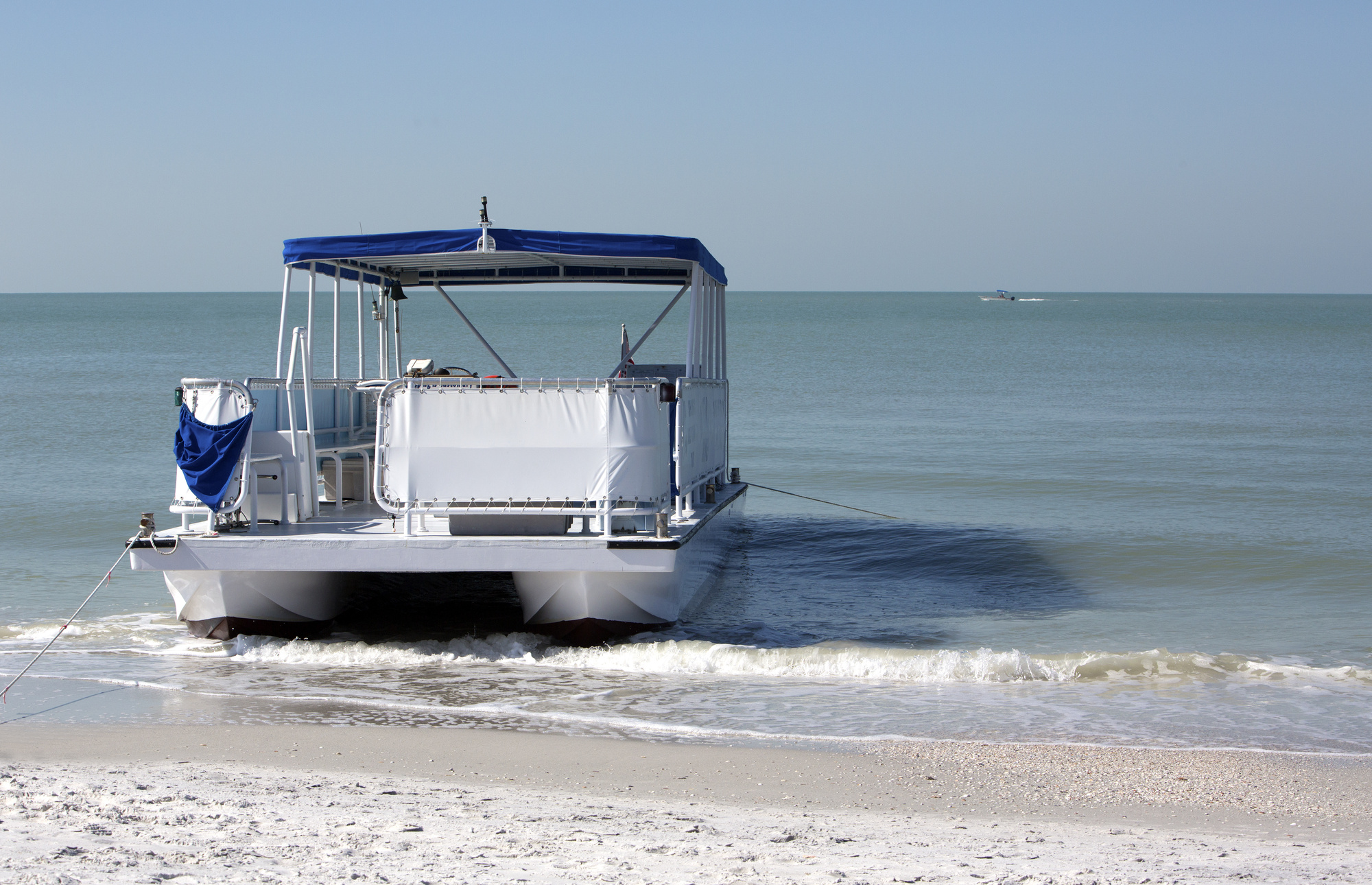To make sure that your small boat is sea worthy and most of essentials are onboard, choose 15 minutes for a fast inspection before launching. Entire a pre-departure checklist ahead to launch and you will be certain that your vessel is in good working order with all the necessary equipment onboard.
• First Assess rescue boat hire of one’s ship: engine, steering, battery, valves, valves, gas tanks, lines, float switches. Always test your ship lights and take extra batteries. safety boat hire london and check all navigation lights required for your boat. Make certain all tool lights are working.
• for those who get a dual charging platform, make sure the selector switch in the appropriate position. Ensure that the power is to the whole vessel. If the batteries are rechargeable, make sure they’re charged.
• Open all hatches and run on the mill once you squint and until becoming penalized. Sniff for fumes before starting the engine of course if you smell fumes, do not begin the engine. Search for the source of the flow.
• On any powered boat or auxiliary powered sailboat, or vessels using LPG for cooking or heat, check that all interior spaces are well ventilated before death.
• Make certain that you have atleast one U.S. Coast Guard-approved lifetime coat of size and type and properly matching for you and every passenger (and, to the water, so make sure they are wornout, perhaps not just stowed). It’s prudent to install a whistle to each life jacket.
Additionally boats More than 16 ft must have an Extra Type I V or throwable flotation apparatus – i.e. buoyant cushion, ring buoy, or horseshoe buoy
• Carry at least one fire extinguisher and be sure it is charged and accessible.
• Make sure you have one anchor set up. Carry a few additional pier lines in the event you encounter odd conditions dock-side. Inspect the lines you utilize for wear or tear. Carry at least 2 fenders on-board for docking or towing whenever demanded.
• Emergency provides – Keep on plank at a floating pouch: charts of the neighborhood space, flares, a first aid kit.
You could also have a horn capable of producing a four-second blast audible for 1/2 mile aboard.
• Assess the capacity plate (when affixed to the hull) or even figure out the optimum load to be certain you do not overload the ship with gear and passengers.
• Make certain your registration is current and aboard with you and your ship. Have other necessary newspapers for example radio permit, fishing license, etc. on board. Have the graph or graphs to your area you would like to cruise in, regardless of your degree of local knowledge.
If you are not certain that you could complete all the necessary checking yourself, use some free Vessel Safety Check from the US Coast Guard. They provide free boat examinations to verify the presence and condition of certain Safety Equipment required by State and the Federal regulations. Free of charge, they’ll provide an expert to have a look at your ship and create helpful boating safety tips and tips.